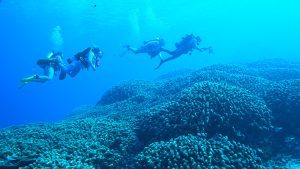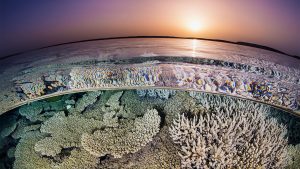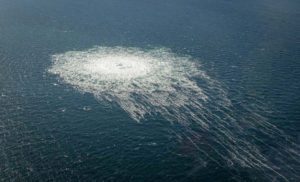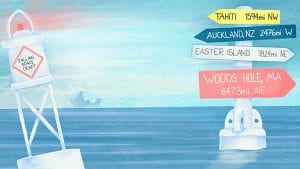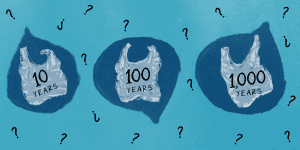Research Highlights
Oceanus Magazine
News Releases
They paved paradise and, it turns out, actually did put up a parking lot. A big one. Some 700 feet deep in the waters off California?s jewel of a coastal resort, Santa Barbara, sits a group of football-field-sized asphalt domes unlike any other underwater features known to exist. About 35,000 years ago, a series of apparent undersea volcanoes deposited massive flows of petroleum 10 miles offshore. The deposits hardened into domes that were discovered recently by scientists from the Woods Hole Oceanographic Institution (WHOI) and UC Santa Barbara (UCSB).
For the past few decades, scientists have offered several competing theories for what led to the extinction of the Neanderthals, with much of the debate focusing on the relative roles of climate change versus conflict with modern humans. Now one theory can be ruled out. New research by a multidisciplinary, international team?including paleoclimatologist Konrad Hughen of the Woods Hole Oceanographic Institution?shows that Neanderthals did not die out at a time of extreme and sudden climatic change, as some researchers have suggested.
The release of sulfur and nitrogen into the atmosphere by power plants and agricultural activities plays a minor role in making the ocean slightly more acidic on a global scale, but the impact is greatly amplified in the shallower waters of the coastal ocean, according to new research by atmospheric and marine chemists.
Researchers from the Woods Hole Oceanographic Institution (WHOI) have found a new and substantial pathway for mercury pollution flowing into coastal waters. Marine chemists have detected much more dissolved mercury entering the ocean through groundwater than from atmospheric and river sources.

